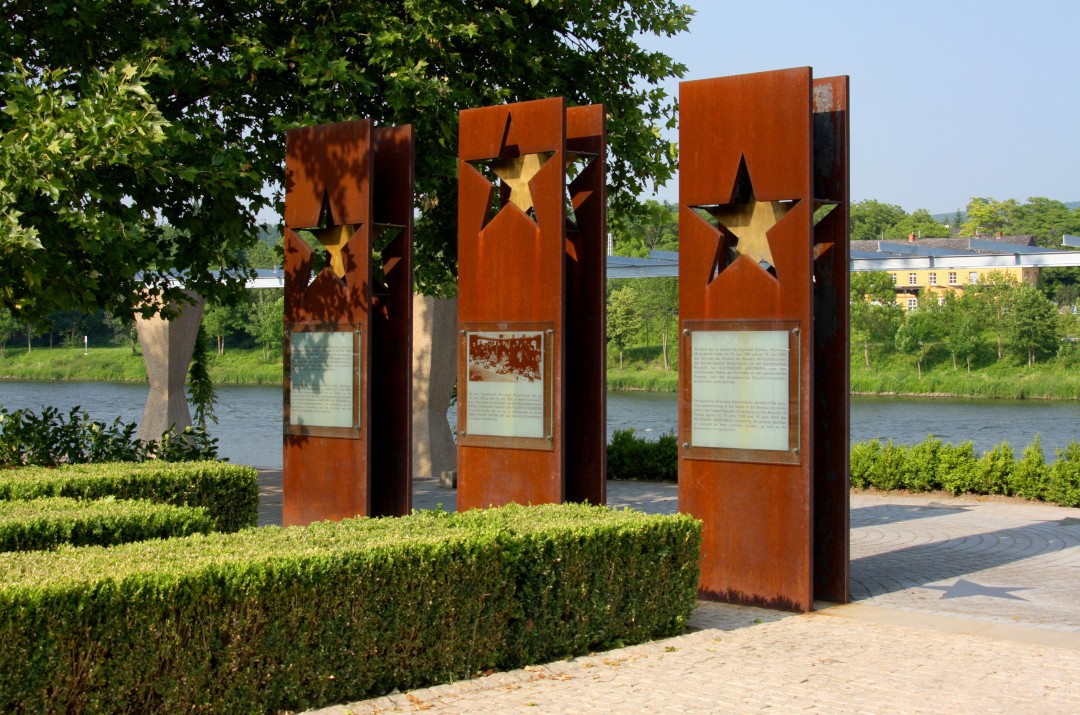Reconstruction and initial postwar years
Luxembourg
Bookmark
Share
The ’Battle of the Bulge’, December 1944 to January 1945, brought devastating destruction to the Northern part of Luxembourg. Reconstruction, repatriation of displaced persons, and provision of food supplies were therefore the main tasks of the Government for the following decade until 1955.
The Liberation of Luxembourg in September 1944 and the devastating destructions during the Battle of the Bulge meant that, on returning from exile, the Luxembourg Government was confronted with immeasurable problems.
In the north of the country, 50% of the villages had been destroyed and the infrastructure was badly damaged. This included road bridges and railway lines blown up, electricity, gas and water supplies interrupted. The Government created a new administration to cope with all the problems, as the population needed immediate help. In December 1944, the ’Oeuvre Grande Duchesse Charlotte‘ was created. To start with, they collected clothes and household utensils in other parts of the country and sent them to those who had lost everything.
Providing housing facilities, restarting the economy, and cleaning agricultural areas to restart the production of food had the highest priority. The Civil Affairs section of the 12th Army Corps and a SHAEF (Supreme Headquarters Allied Expeditionary Force) mission to Luxembourg were helpful to provide fuel and food until the end of 1945. The HADIR steelworks especially needed fuel in order to manufacture support beams for construction needed by the American forces. Many steelworkers from untouched areas volunteered to help with the reconstruction of houses.
The repatriation of Luxembourgers from German prisons and concentration camps was facilitated by the Allied troops occupying Germany after May 1945. However, it proved more difficult to repatriate the young people that had been forced to serve in the German Army and made prisoners of war by the Soviet Union (Red Army). At the end of 1945, repatriation of most of the displaced persons had been implemented.
Agriculture was motorised with tractors from the United States and Switzerland. In 1948, the exportation of steel products once again reached a high level so that Luxembourg was able to import the goods that were needed. With the help of allowances from the Marshall Plan, the infrastructure was not only reconstructed but was modernised, a process that ended in the second half of the 1950s.
It is thanks to the generations from the many countries who, despite the five years of war and occupation, were ready for another ten years of hard work to reconstruct their countries and thus laid the foundation stone for a united Europe.
